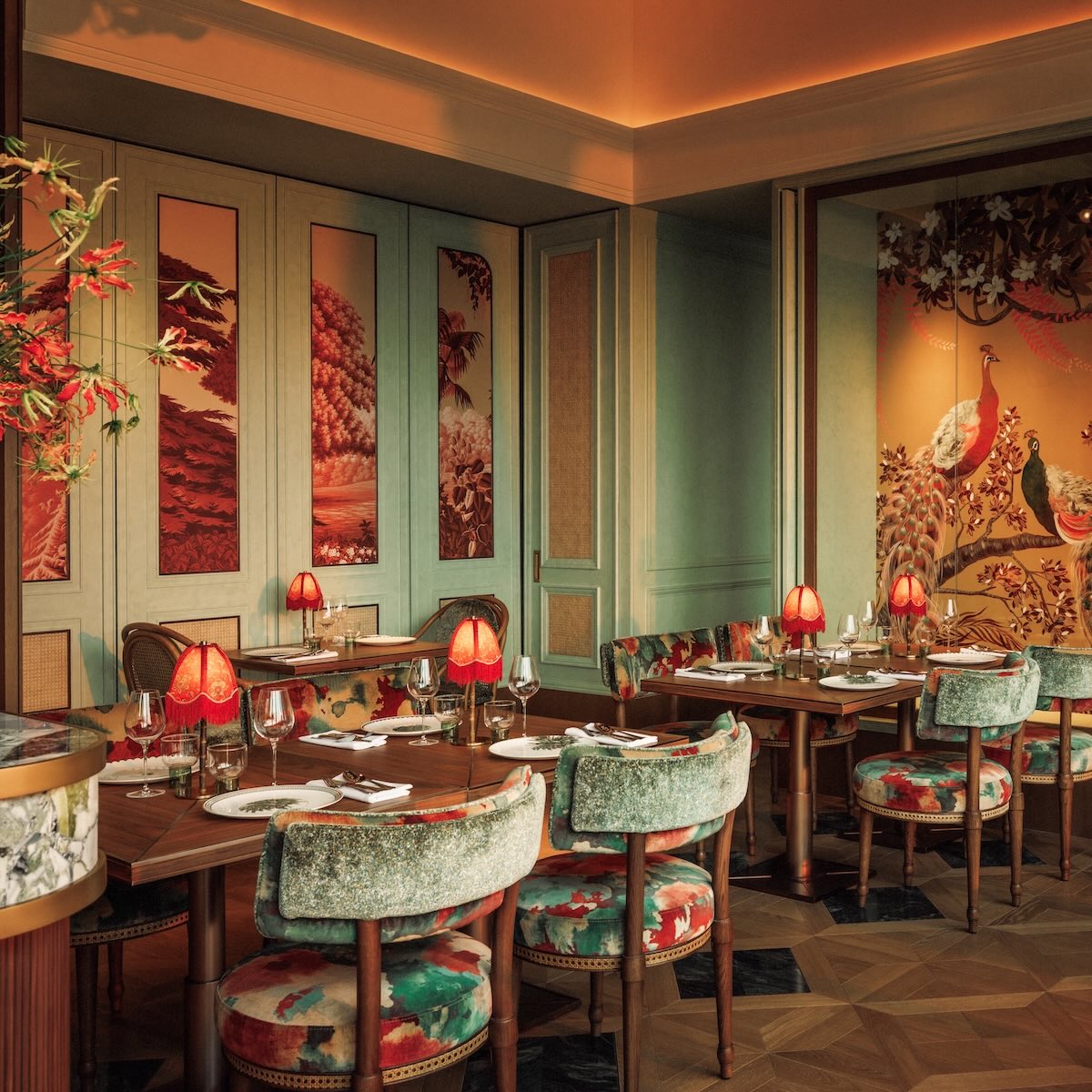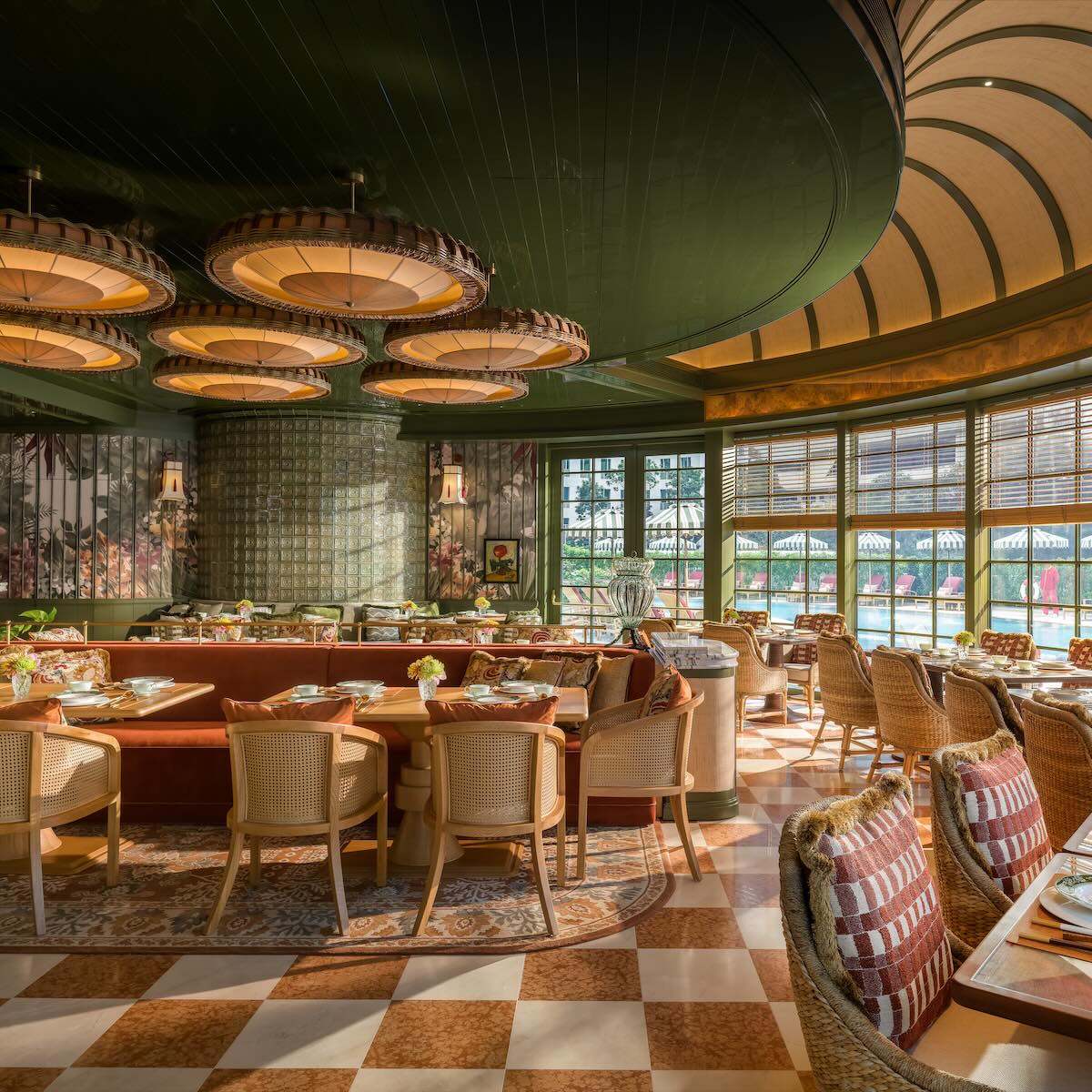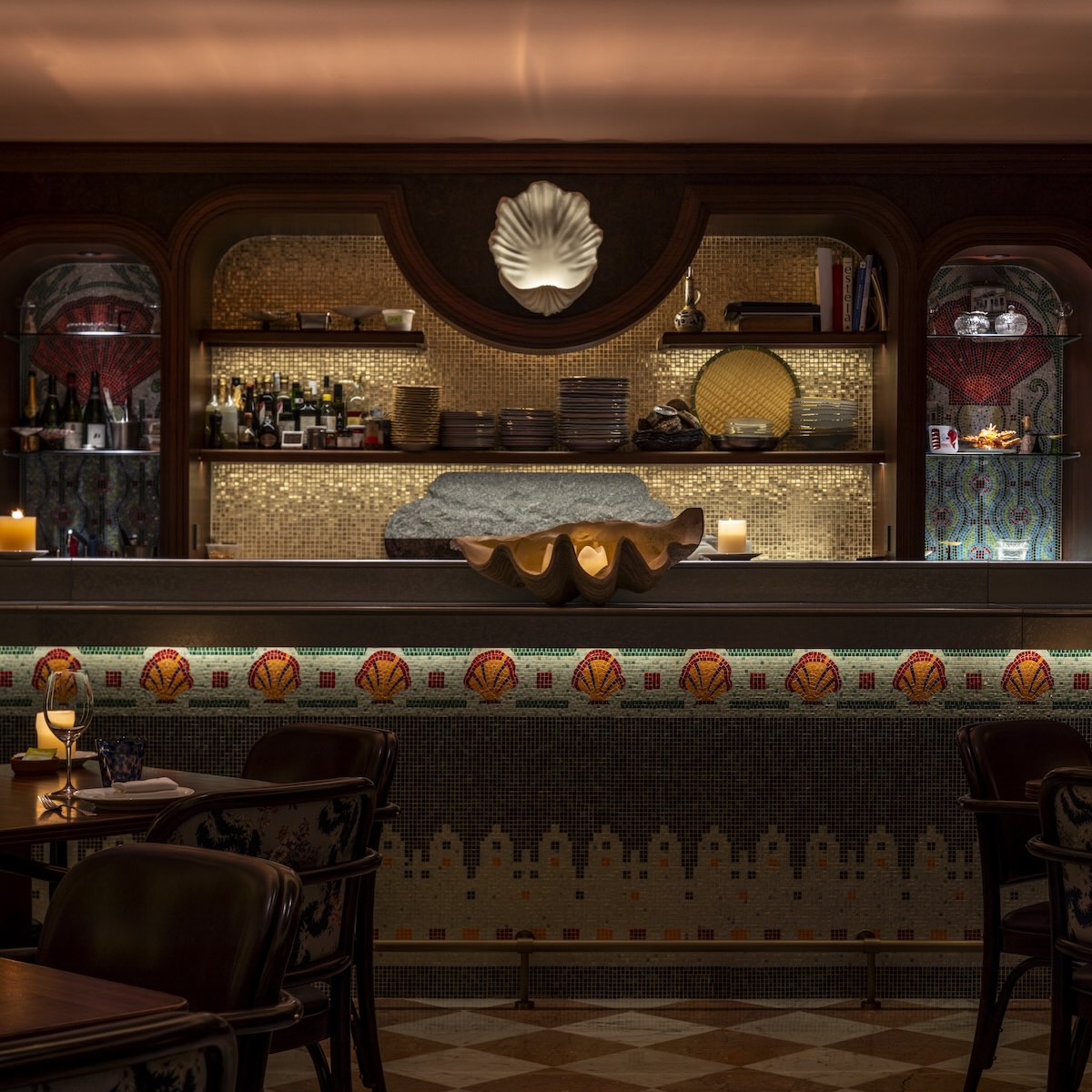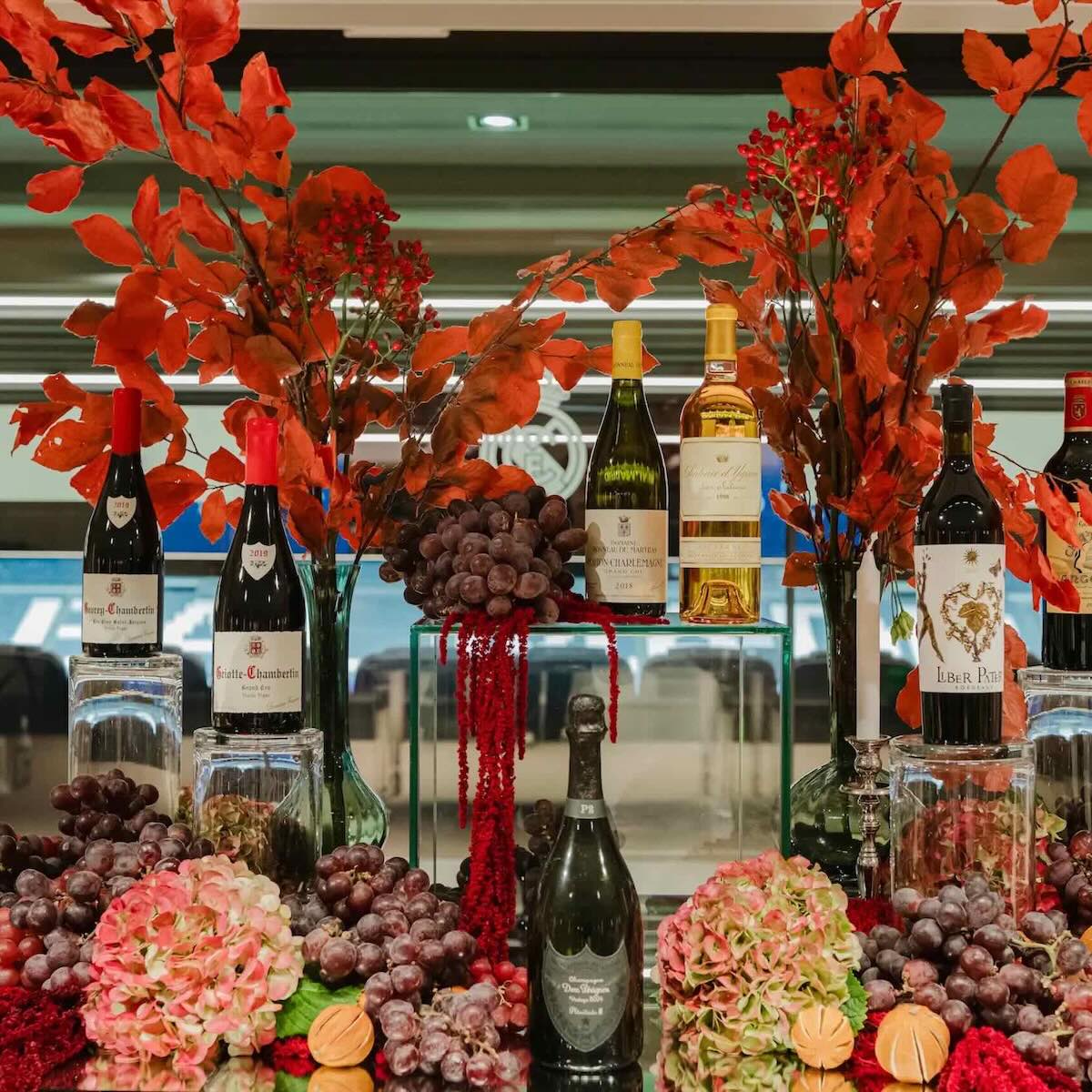Manav Tuli believes in fate. He even named his new restaurant after the idea.
Leela, based on a Hindu concept that loosely translates to “divine play or sport of the gods,” represents the culmination of his life’s experiences and his culinary journey thus far. For the seasoned chef who gained widespread acclaim at Rosewood Hong Kong’s Michelin-starred Chaat, leela means leaving some things to fate, and keeping the door open to the unexpected.
“In life, everything that happens, it happens for a reason,” the chef tells Robb Report Hong Kong. “I came to Hong Kong at possibly the worst time of my life. We had just bought a new house in London, a brand-new car, and we just had a newborn baby. But there was no looking back, and it turned out to be possibly the best move I ever made in my career.”
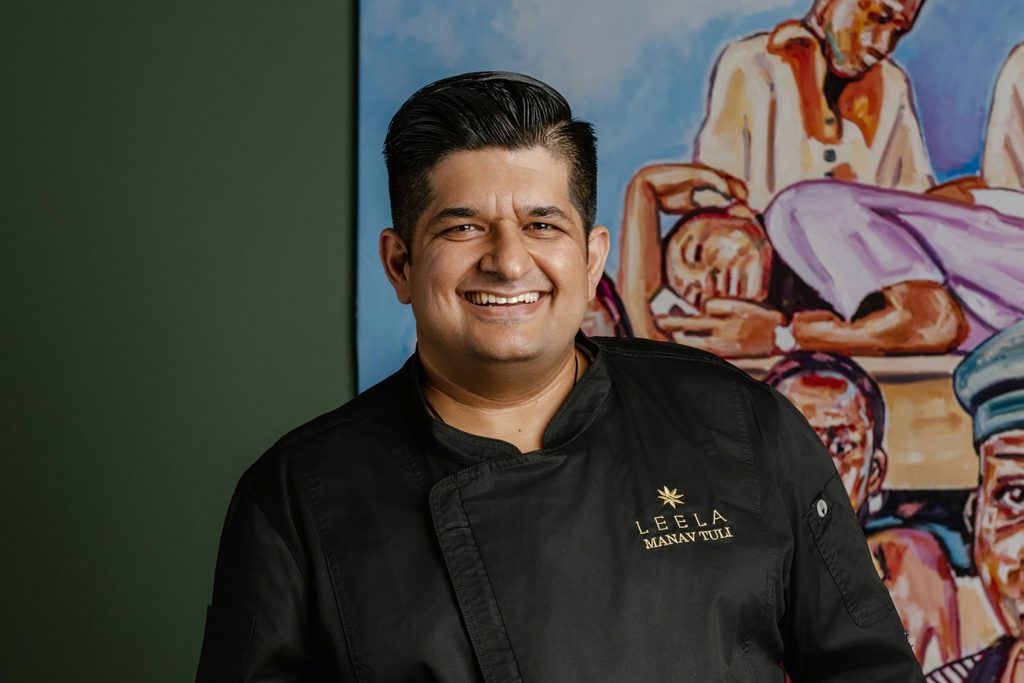
Looking at Tuli and his achievements now, it takes a leap of imagination to picture a time when he was not at one with the culinary profession, but the reality is that his start was far from smooth. He shares a story from his early years: “My chef at my first job, he never liked me. He got transferred and a new chef came. I was cooking and he tasted it and he said, ‘You did not put salt.’ I said, ‘Oh, fine, I’ll put salt.’ I put the food back in the pan, tossed it, did the same thing. I didn’t even check. He told me it was too much salt, and my attitude was, ‘I don’t care.’ He later called me into his office, and he said, ‘Anything you do in your life, it’s worth doing well, or else, you might as well not do it.’ And it just stuck with me.”
Hearing those words lit a fire under Tuli. He went from honing his skills at The Oberoi in India to the InterContinental Resort Mauritius before landing at Chutney Mary and eventually Tamarind, the first Michelin-starred Indian restaurant in the UK. Most recently, he was the chef de cuisine of Chaat, earning one Michelin star during his three-year tenure. Now, in partnership with Jia Group, Manav Tuli is forging ahead into new territory with Leela.
Leela is the canvas on which Tuli wants to paint a picture of India’s complex culinary origins. One of his focal points is the Mauryan empire, which reigned from 322 BCE–184 BCE and stretched from modern-day Afghanistan all the way to Bangladesh and parts of Myanmar. It would take another few thousand words to condense the narrative of Indian dynastic rule into a digestible story, but Tuli distils it succinctly into a conversational crash course about how the events of the period embodied the leela philosophical concept. Here is someone who has done his homework as he dives into the connection between dishes.
“A lot of recipes have been lost, but the dishes that we share are similar,” he says, referring to how gastronomic traditions moved across the Mauryan empire. “One example is the chukander gosht—it was celebrated in an area of Lahore. Our basic naan and biryani travelled from Persia.” Baida roti also logged some respectable distances when it crossed the lands with Mughals. It is precisely this tangled history that Tuli wants to unravel.
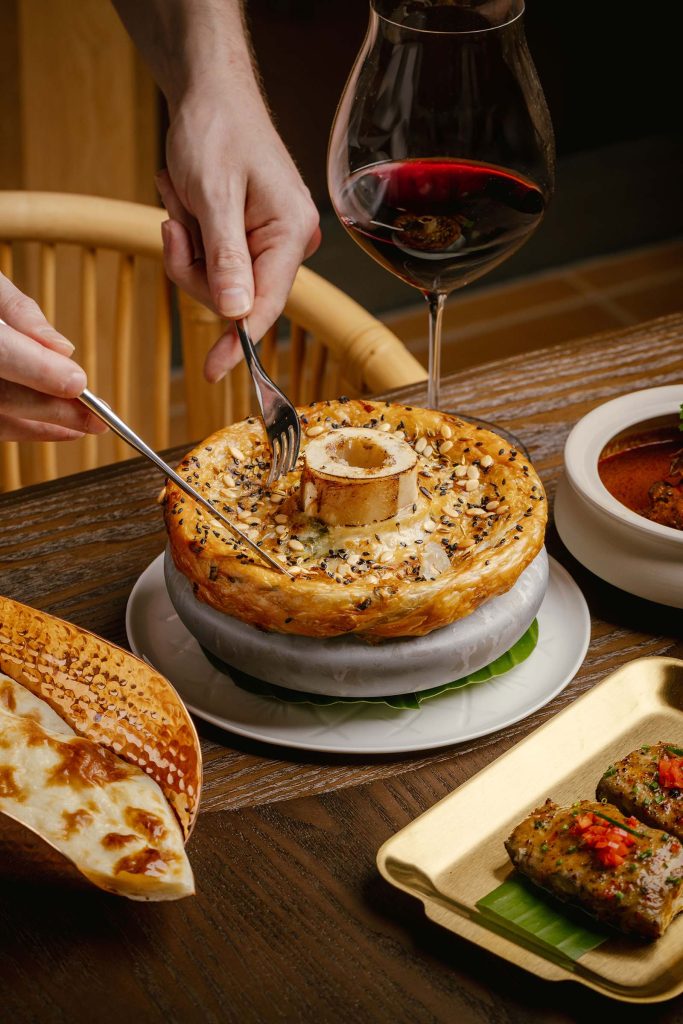

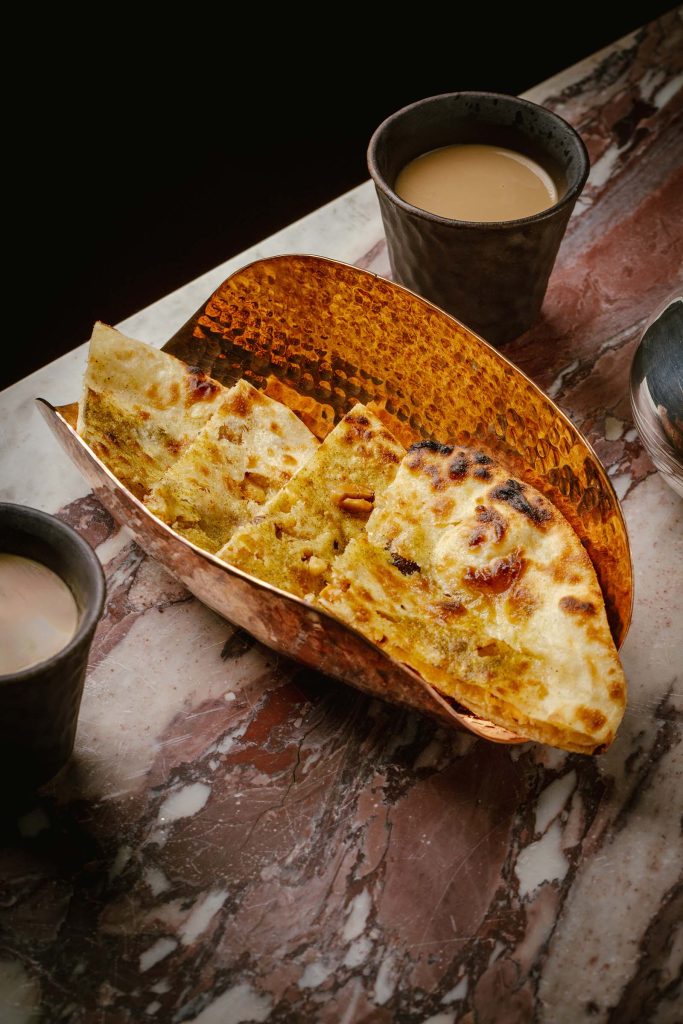

It is impossible to choose a favourite off the lengthy menu—the creations that Tuli has meticulously moulded into existence at Leela are nothing short of delectable, and had us scrambling for seconds and thirds. Consider the nourishing chukander oxtail gosht, a Punjab wintertime stew that blends beetroot with oxtail instead of the traditional mutton, and the bone marrow biryani with a seed-encrusted puff pastry top, theatrically cut open to reveal a plume of steam and a well of tender aged basmati rice, spiced with saffron. It was one of the most difficult dishes on the menu to get right. “It has never been done before. We did so many trials,” Tuli admits. “I was so stressed about it, I had sleepless nights because of this biryani. I tried so many different spice mixes. We did 10, 12 different variations.”
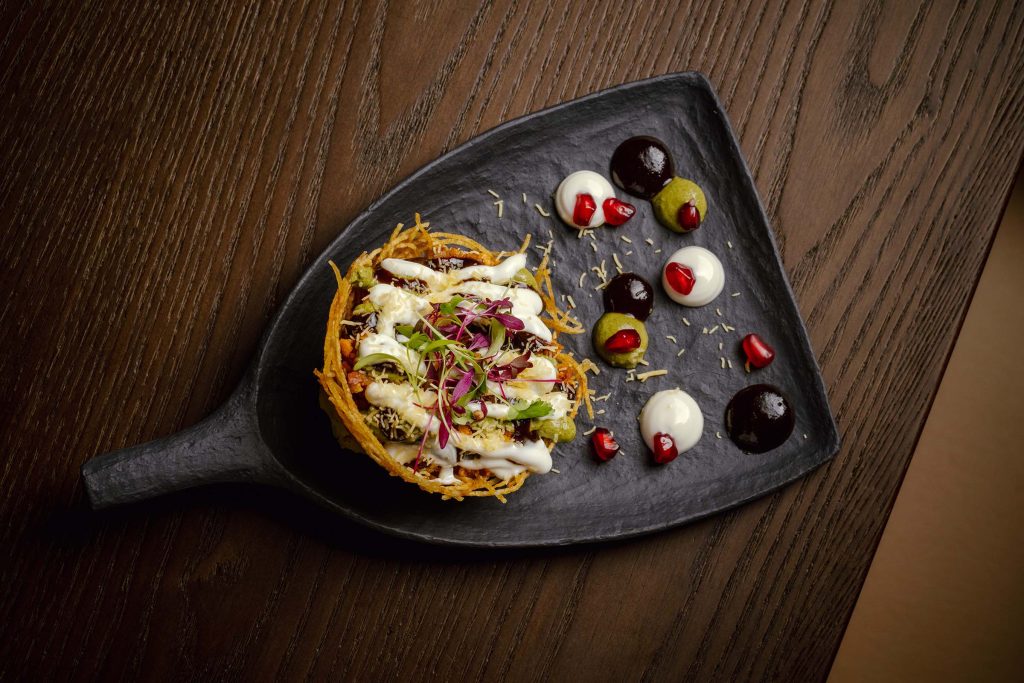

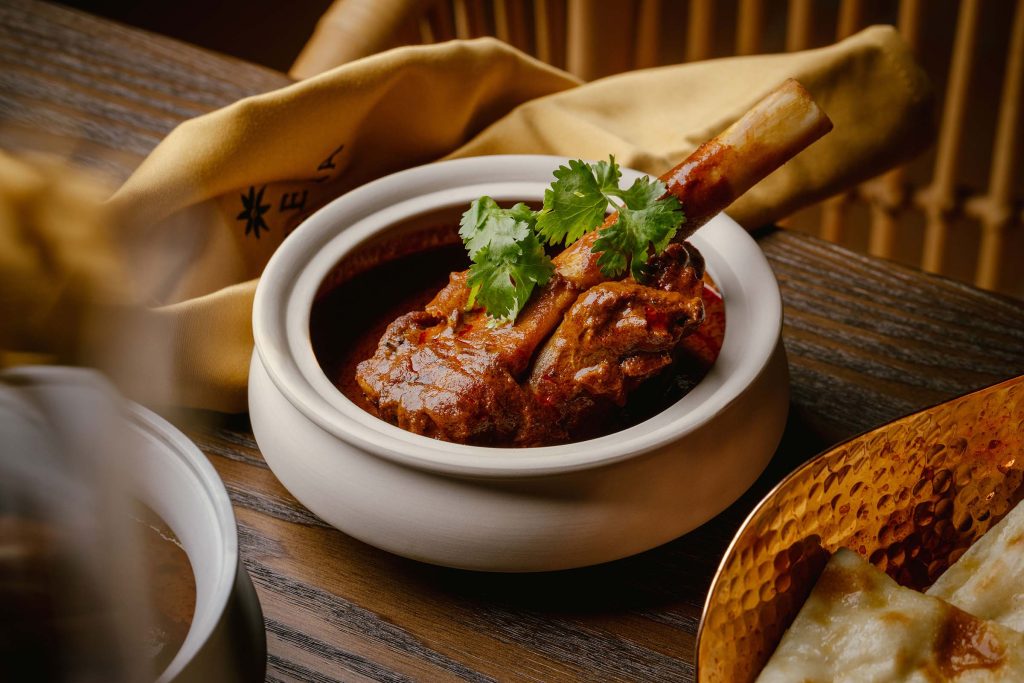
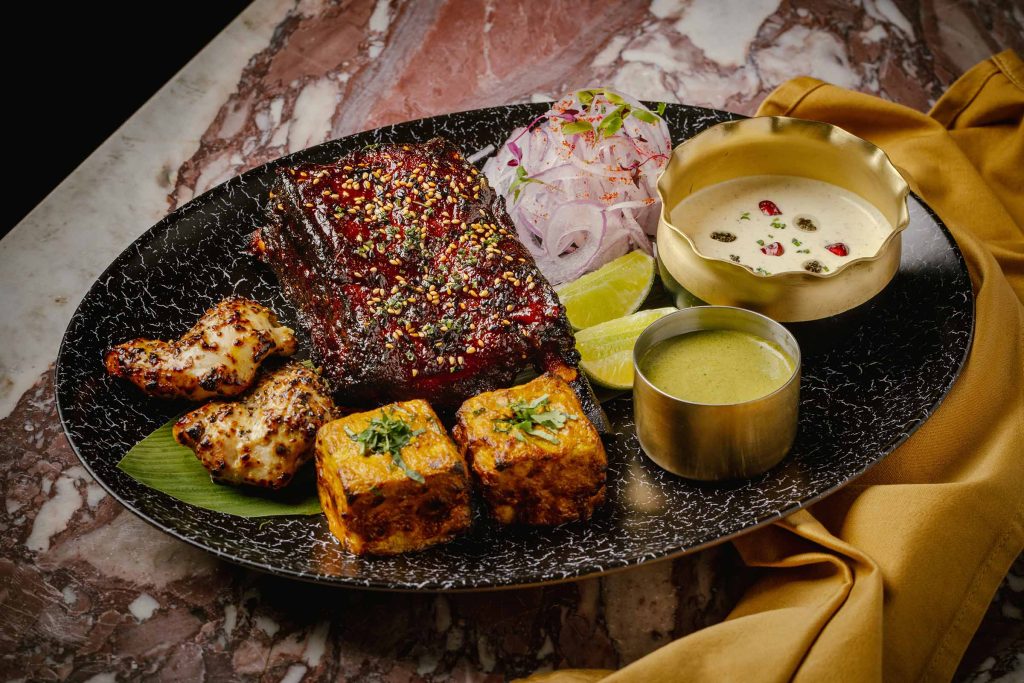

Leela’s melt-in-your-mouth tandoori beef chop, a spotlight-stealing hunk of Black Angus short rib, and the should-not-work-but-really-does chocolate naan 2.0, a dish Tuli reinterpreted from his time at Chaat, are just a few more highlights. Our smoked butter chicken was lit up with a splash of heated Laphroaig and a blowtorch, adding even more depth to the aromatic caramelised tomato base. For a bit of fun, there’s the vibrant Lucknow tokri chaat, which is thoroughly mixed together in a session of playful mess-making before being served—one look at its dustpan-shaped receptacle and you are besieged by flashbacks of the mid-2010s restaurant trend where food was served on everything but plates.
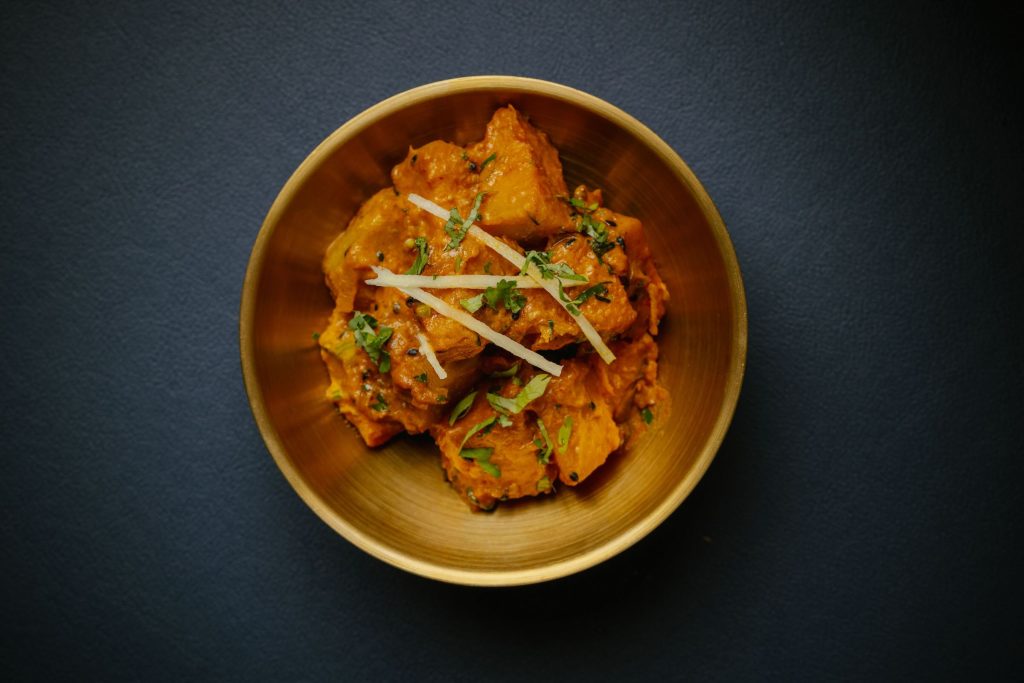
But if there is one dish that truly stands above the rest, that impressed us for its sheer simplicity and flavourful effect, it’s the humble pumpkin dahi kaddu, a seasonal side dish that defied expectations with its natural sweetness and soft texture. It is a testament to the attention that Tuli, who works closely with local suppliers, invests in sourcing ingredients at their best. He shares that the popularity of the dish took him by surprise: “I first made this years ago for an Indian actor who was in Mauritius for a film shoot. He loved pumpkin. I just followed the taste profile of a yoghurt-based pumpkin curry my grandmother used to make, and then he had it almost every day while he stayed at the hotel for a month and a half.”
It’s not an easy task to pair wines with a menu that ranges so widely in flavour profiles, but general manager James Sandberg approached the challenge with a methodical attitude and divided the dishes into the strength of their spice mixes, then picked the labels to match. Mario Calderone, beverage director of Jia Group, used a similar system in the creation of Leela’s signature cocktails, all of which boast an element of spice.

But as much praise as he is eager to heap on his team, Tuli brushes off the suggestion that he is taking Indian fine dining to new heights. “I’m just a small guy,” he says humbly. “I’m not like Gaggan Anand. He is taking Indian food to a different level. I’m just trying to present what I enjoy eating in my kitchen.” He continues, “I think what all the chefs in the world are doing to Indian food—everyone is doing such an amazing job. […] You know, people like Gaggan. What Saurabh Udinia is doing at Revolver, he is playing with live fire. When I look at them, I feel like I’m just doing simple things using good or better ingredients. But what I also feel is that a lot of them are looking towards the future in terms of their approach towards Indian food. But I look at history. I think history has a lot to offer. I don’t think I alone can do it. I think it will take a generation to do justice to what history has to offer in terms of Indian cuisine. Showcasing that evolution of food through history and different geographical origins, I think that’s what I want to do with Indian food.”

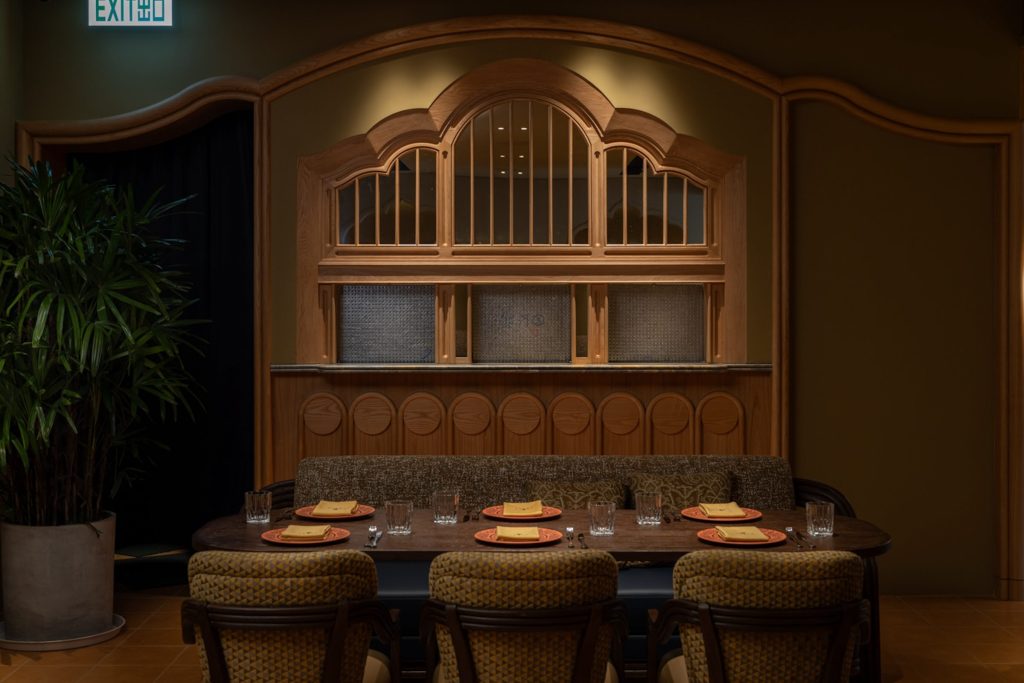

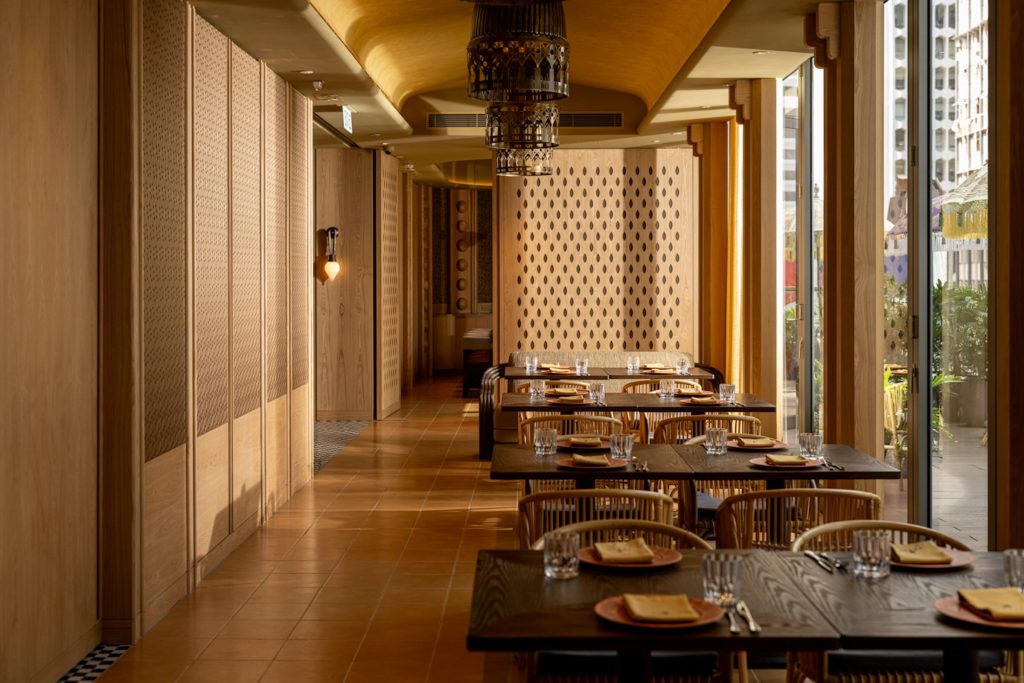
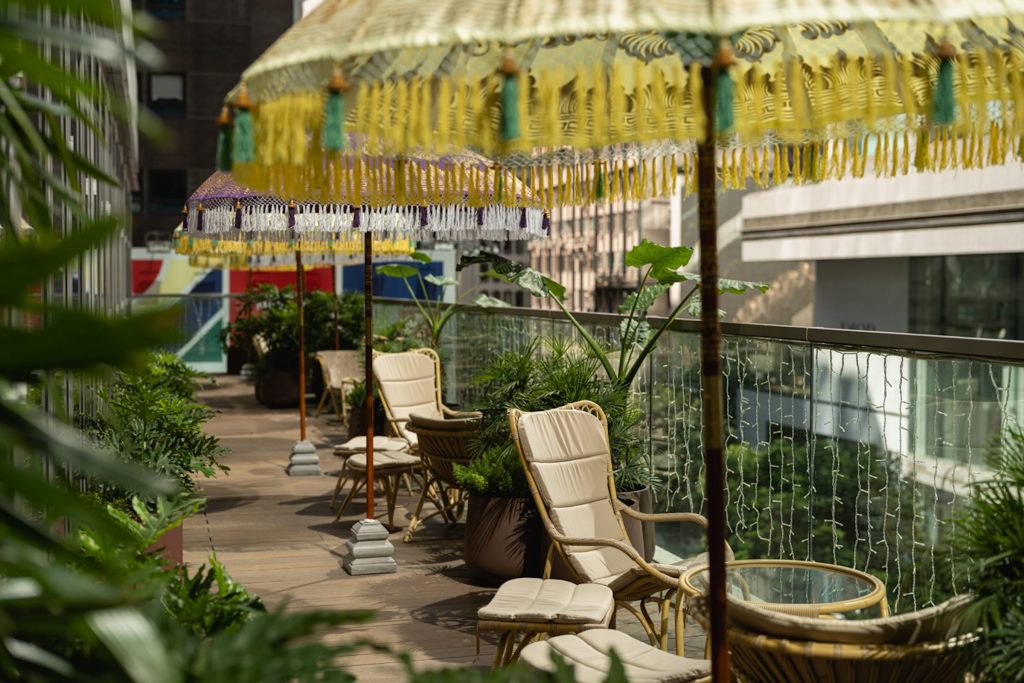
As Leela takes diners on a journey through time, naturally, the setting of the experience must match up. Enter from stage right: a heavyweight of the interior decorating world. André Fu brought his love of grand spaces and elaborate Indian palaces into the blueprint for Leela, interpreting the historic architecture of Rajasthan’s royal buildings through a contemporary lens to keep the silhouettes and shapes traditional and the materials modern. Across the main dining room, outdoor terrace, and private room, Fu threaded the design connection back to the foundational concept of Leela in a perfect call-and-response to pay tribute to the regal history of India through majestic arches, sumptuous colours and fabrics, distinctive vignettes echoing traditional jharokha windows, embroidered panels, and custom furniture, and vaulted ceilings. Leela’s unique lighting fixtures, from sconces to hanging pendants, are deeply captivating. Most of the lamps on the wall were designed by Fu himself, Tuli shares.
It has not been an easy journey for the chef who is nearing the end of his second decade in the industry, but Tuli has found peace with the fact that not every detail is within his control—and that is the whole point of Leela. “All of which I have done up till now, all the experiences, all the teachings, all the recipes, everything—it comes together, and it moulds me into a person in very different ways,” he says. “When opening a restaurant, there are good days, there are bad days, but how you react and how you handle those things, it all comes down to that. All of the teachings and the guidance, it plays a major role, so that’s why it makes me interested in history—the more I read, the more I stay on the ground.”
“You never know how things will turn out,” the chef muses. “We don’t know the whole story. We don’t need to know the whole story. Just believe in the journey.”
Shop 301-310, Lee Garden Three, 1 Sunning Road, Causeway Bay, Hong Kong
Tel: (+852) 2882 5316
All images courtesy of Leela.






